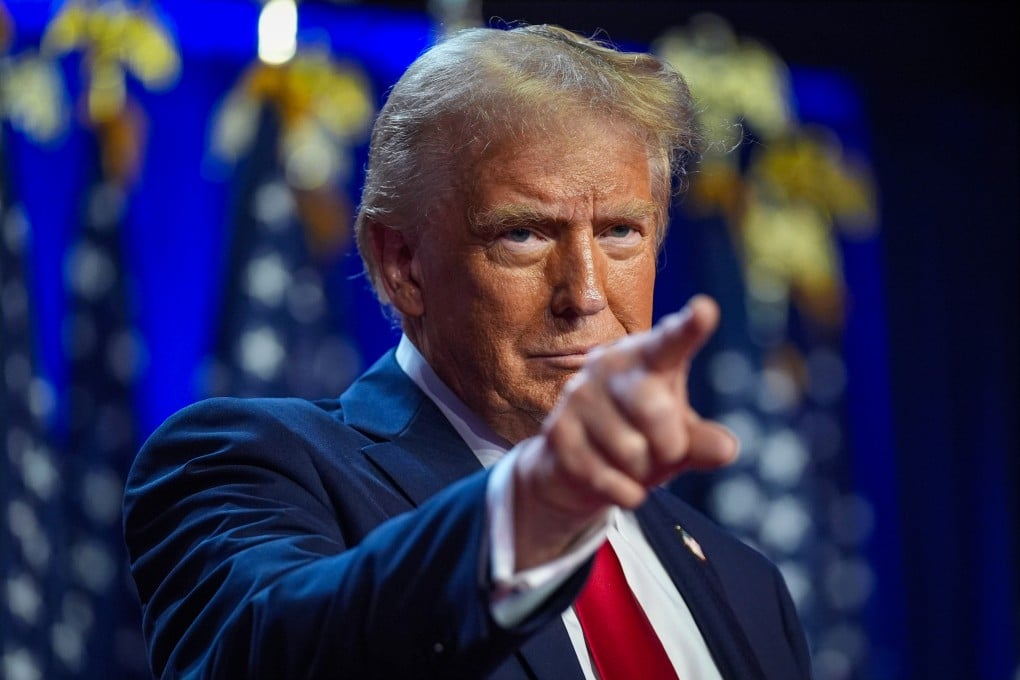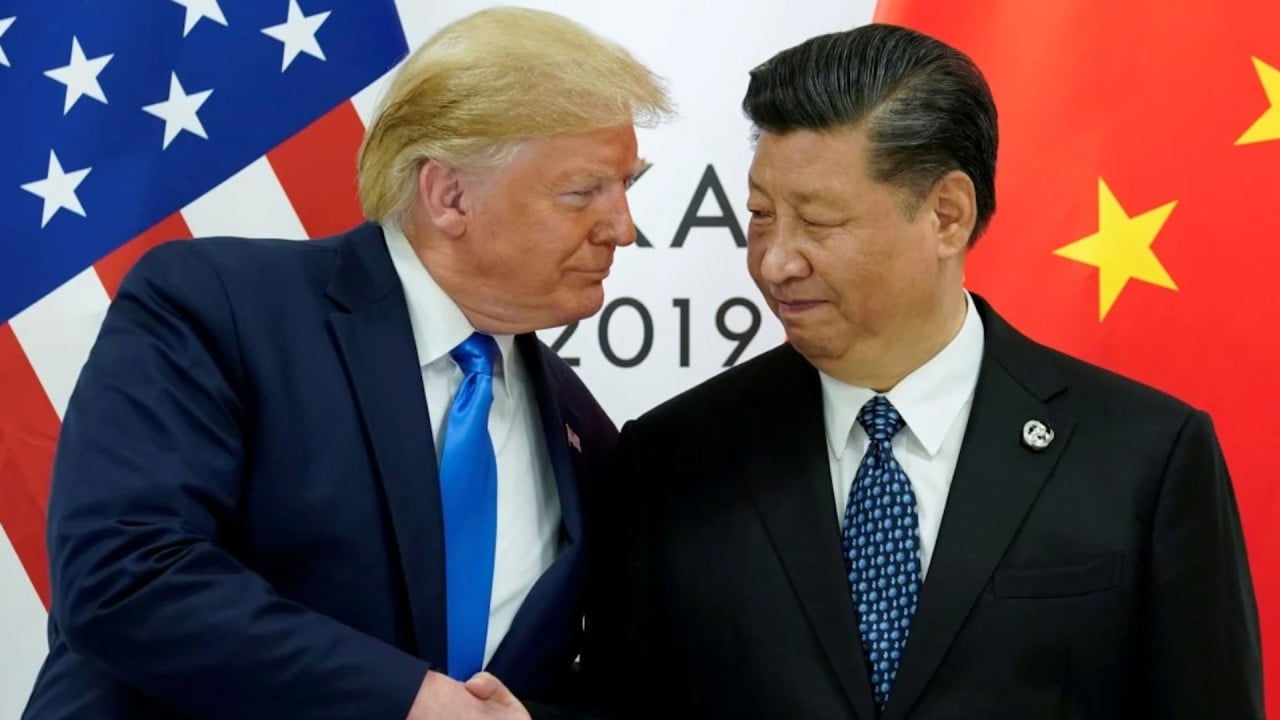Amid China-US trade ‘conflicts’, Beijing calls for burying the hatchet
Mofcom message comes as Trump revels in re-election win after vowing higher tariffs on China, and with EU officials in town for ‘intensive’ negotiations

China is looking to “resolve conflicts” in trade with the next US administration while now facing the increased likelihood of more tariffs being put in place, as advocated by US president-elect Donald Trump.
“China is willing to strengthen communication, expand cooperation and resolve conflicts with the United States in accordance with the principles of mutual respect, peaceful coexistence, and win-win cooperation,” Ministry of Commerce (Mofcom) spokeswoman He Yongqian said on Thursday afternoon – a day after the former US president’s return to power became clear following Tuesday’s election.
She added that Beijing looks to “jointly promote the development of China-US economic and trade relations in a stable, healthy and sustainable direction that would benefit both countries, and the world”.
Beijing could be facing extra pressure in trade following Trump’s election and at a time when it is already seeing tension growing in expanded fronts with some of its other trade partners.
